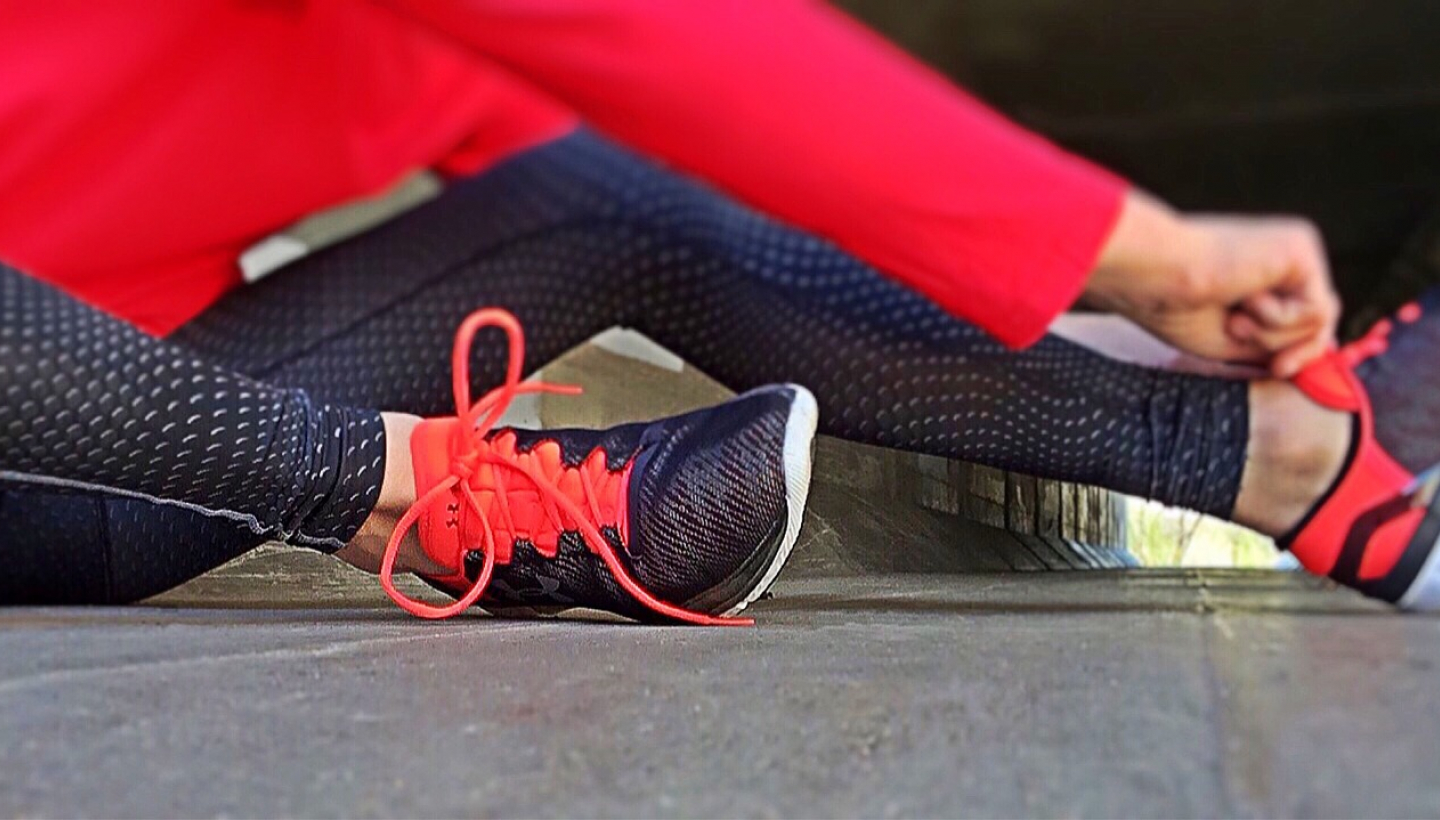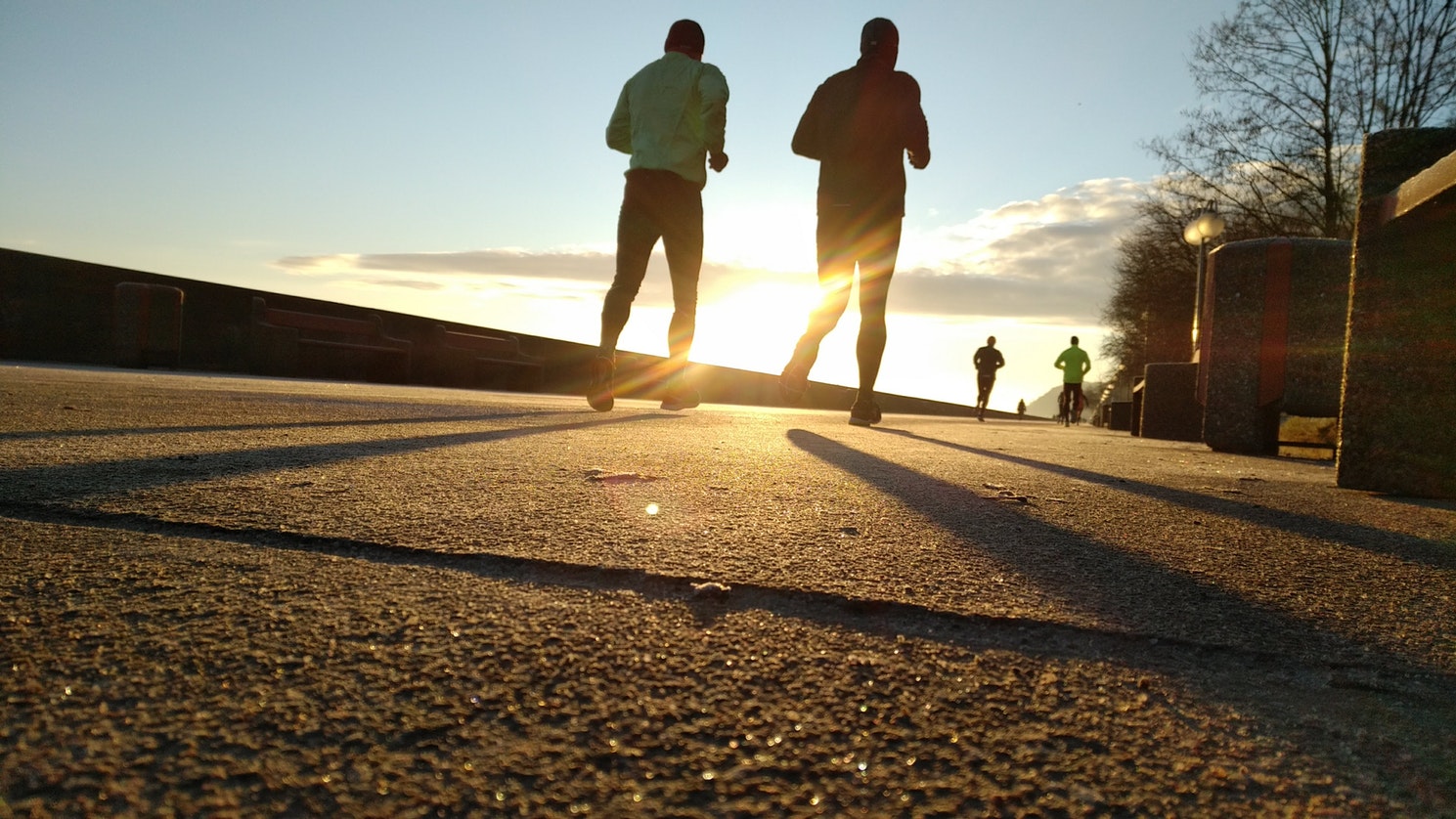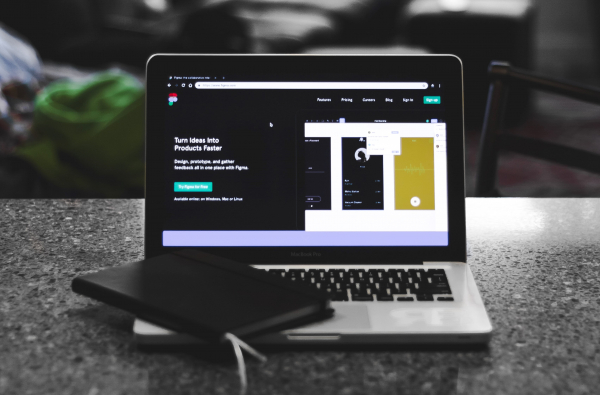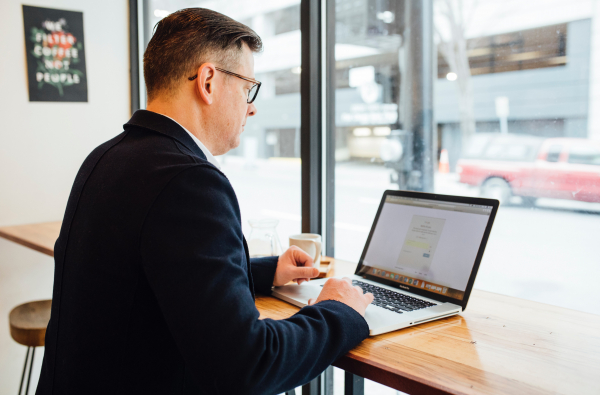Some offices in the design and architecture fields have followed the trend towards standing offices, though studies suggest too much standing is counterproductive. Standing desks have quite an adjustment period, but benefit your health by increasing your metabolism and decreasing your risk of heart disease. Further, standing desks have, like exercise balls, shown to improve posture and decrease back pain.
The beauty of an office in the center of sunny Madrid is that it is common to use public modes of transportation to commute to and from work, which implies employees are engaging in physical activity as they walk to the metro or bus. The fitness experts suggested taking it even a step further, by walking or biking to work a couple of days a week, should it be logistically possible.
Naturally active people tend to take on physical exercise out of sheer desire by registering for marathons or sticking to their gym memberships, but what about those that aren’t naturally drawn to the athletic lifestyle? Communal workouts have grown in popularity in recent years due to the reality that we feel a sense of accountability in workout groups. Additionally, physical exercise with friends places value on fun, rather than feeling like a dreaded chore. Communal and considerably fun workout classes and team sports can take form through yoga classes, kickball teams, and group runs.
Navas and García emphasized the benefits of healthy competition, and suggested that company workout competitions and company physical activity goals could be beneficial in encouraging an active workforce. For example, should the Opinno team collectively walk 100,000 steps by the end of one week, the employees could reap the benefit a company lunch. Communal activity and healthy competition also creates a sense of comradery between the workforce, which establishes a more unified company culture.
Benefits of Healthy Living
Unsurprisingly, physical exercise reduces your long-term risk of certain diseases and of obesity, but research suggests it can also help you in the short term. A study by Mayo Clinic revealed that physical exercise improves mood and boosts energy. Navas and García enlightened our team on the reality that a physically active workplace implies a more productive, cohesive, and collaborative workforce.




